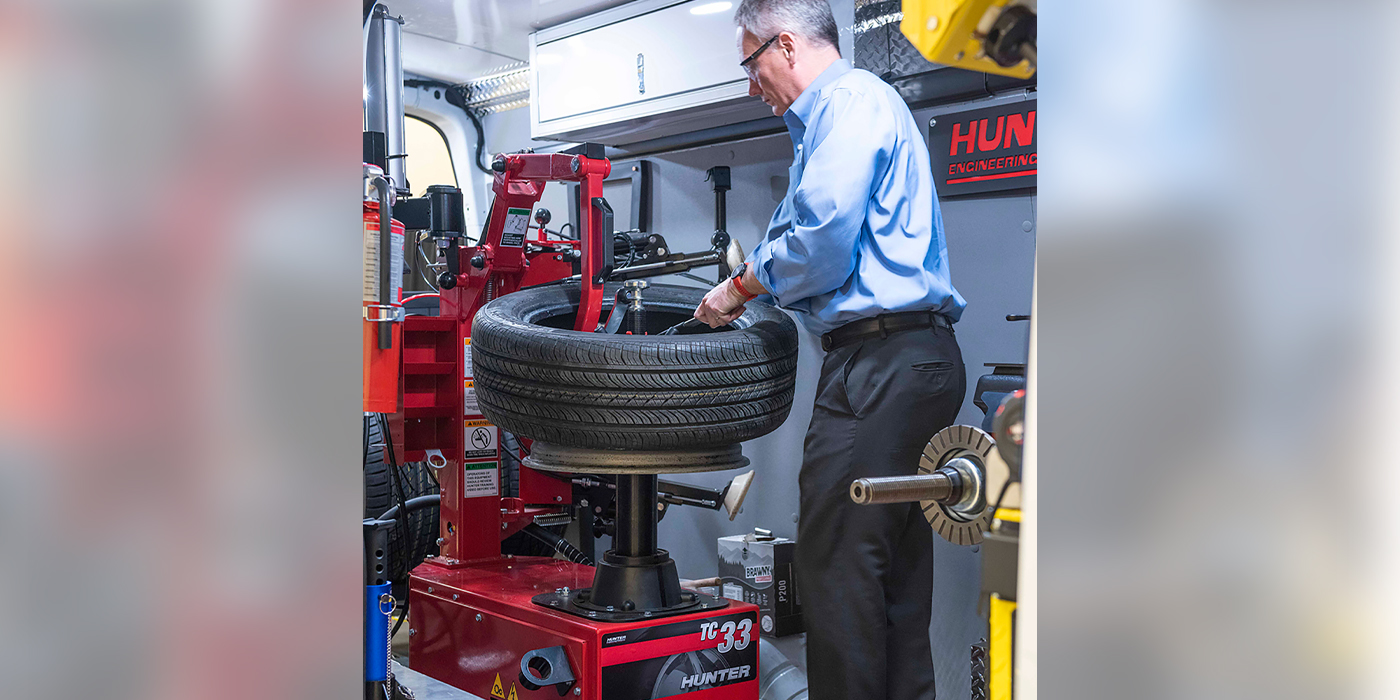Trusted Mobile Tire Service Las Vegas - On-Time Solutions
Trusted Mobile Tire Service Las Vegas - On-Time Solutions
Blog Article
Tire Service: Proven Methods for Optimal Tire Maintenance and Treatment
Keeping optimum tire problem is extremely important for both safety and security and efficiency of any kind of lorry. From making certain correct tire stress to routine rotation and positioning, there are tested methods that can significantly expand the life expectancy of your tires and boost general driving experience. As we explore the details of tire care and upkeep, we will reveal vital guidelines that every automobile owner must follow for the very best possible outcomes. Let's look into the world of tire service and discover the tricks to maintaining your tires in first-class form for the long run.
Importance of Tire Stress
Sufficient tire stress advertises better gas effectiveness, as under-inflated tires can lead to enhanced rolling resistance, causing the engine to work harder and eat even more fuel. Correct tire stress makes certain even step wear, improving tire durability and conserving cash in the long run by postponing the need for early substitutes. Regularly changing and checking tire pressure, specifically in the past long trips, is a simple yet reliable way to boost vehicle efficiency, extend tire life expectancy, and focus on safety on the road.
Tire Turning Guidelines
When taking into consideration tire rotation guidelines, it is necessary to recognize the significance of this upkeep job in taking full advantage of tire life-span and keeping optimum vehicle performance. Tire rotation involves changing the setting of each tire on an automobile to make certain also tread wear. Front tires have a tendency to put on faster than rear tires because of guiding forces, making regular turning essential for balanced wear patterns. The suggested turning pattern varies depending upon whether a lorry is front-wheel, rear-wheel, all-wheel, or 4x4. Usually, tires need to be rotated every 5,000 to 7,500 miles, or as advised in the vehicle manual. Overlooking tire turning can bring about uneven wear, affecting handling, grip, and possibly compromising car safety. By adhering to correct turning standards, vehicle drivers can expand the life of their tires, boost gas effectiveness, and enhance overall driving experience. Regular rotation is a simple yet efficient maintenance technique that contributes considerably to tire long life and automobile performance.

Benefits of Wheel Placement
Ensuring correct wheel alignment after tire turning is vital for maintaining balanced wear patterns and making best use of car efficiency. Wheel placement refers to the modification of the angles of the wheels to the supplier's specifications. One of the essential advantages of wheel placement is improved guiding and taking care of response. When the wheels are appropriately straightened, it reduces steering effort, making certain a smoother and more controlled driving experience. In addition, correct wheel positioning assists to expand the lifespan of your tires. Misaligned wheels can trigger irregular tire wear, leading to premature tire substitute and raised upkeep costs.

Tire Tread Deepness Check
Executing a routine examination of tire tread deepness is important for keeping risk-free driving problems and extending the life-span of your tires. The tread on your tires plays a critical duty in giving traction, particularly in damp or unsafe problems. To check your tire tread depth, you can utilize a walk deepness scale or the dime examination. The recommended tread depth goes to the very least 2/32 of an inch. If the step deepness is listed below this threshold, it is time to replace your tires to guarantee ideal efficiency and safety and security when driving. Unequal walk wear can suggest concerns with tire suspension, placement, or stress, highlighting the relevance of normal step see here deepness checks. Disregarding to monitor and preserve correct step deepness can lead to reduced grip, longer braking distances, and an enhanced danger of hydroplaning. By integrating tire walk deepness explore your regular upkeep routine, you can drive with confidence knowing that your tires are in top condition.
Seasonal Tire Examination
Seasonal tire inspection is a fundamental aspect of tire maintenance that makes sure tires are prepared to encounter the challenges posed by different weather condition problems. In prep work for winter, it is necessary to examine the More Info tire stress on a regular basis as cool temperature levels can create tire stress to go down. By performing regular seasonal tire assessments, vehicle drivers can lengthen tire lifespan, improve fuel efficiency, and most significantly, ensure a secure driving experience in differing weather condition problems.
Conclusion
Finally, maintaining correct tire stress, turning tires regularly, straightening wheels correctly, checking tread depth, and performing seasonal inspections are necessary practices for optimum tire care. By complying with these proven methods, motorists can ensure their tires last longer, carry out far better, and contribute to overall car safety. It is crucial to focus on tire upkeep to stop crashes, enhance fuel effectiveness, and extend the life-span of tires.
Appropriate tire stress advertises much better fuel efficiency, as under-inflated tires can lead to increased rolling resistance, triggering the engine to work more challenging and consume even more gas.When taking into consideration tire rotation standards, it is essential to understand the importance of this maintenance task in taking full advantage over at this website of tire life-span and keeping optimal vehicle performance. Seasonal tire examination is a basic aspect of tire maintenance that makes certain tires are prepared to encounter the difficulties positioned by various weather problems. By performing routine seasonal tire evaluations, vehicle drivers can prolong tire life-span, improve fuel effectiveness, and most notably, guarantee a safe and secure driving experience in varying climate conditions.
In final thought, maintaining correct tire pressure, turning tires frequently, straightening wheels properly, checking tread deepness, and performing seasonal inspections are necessary techniques for optimal tire care.
Report this page